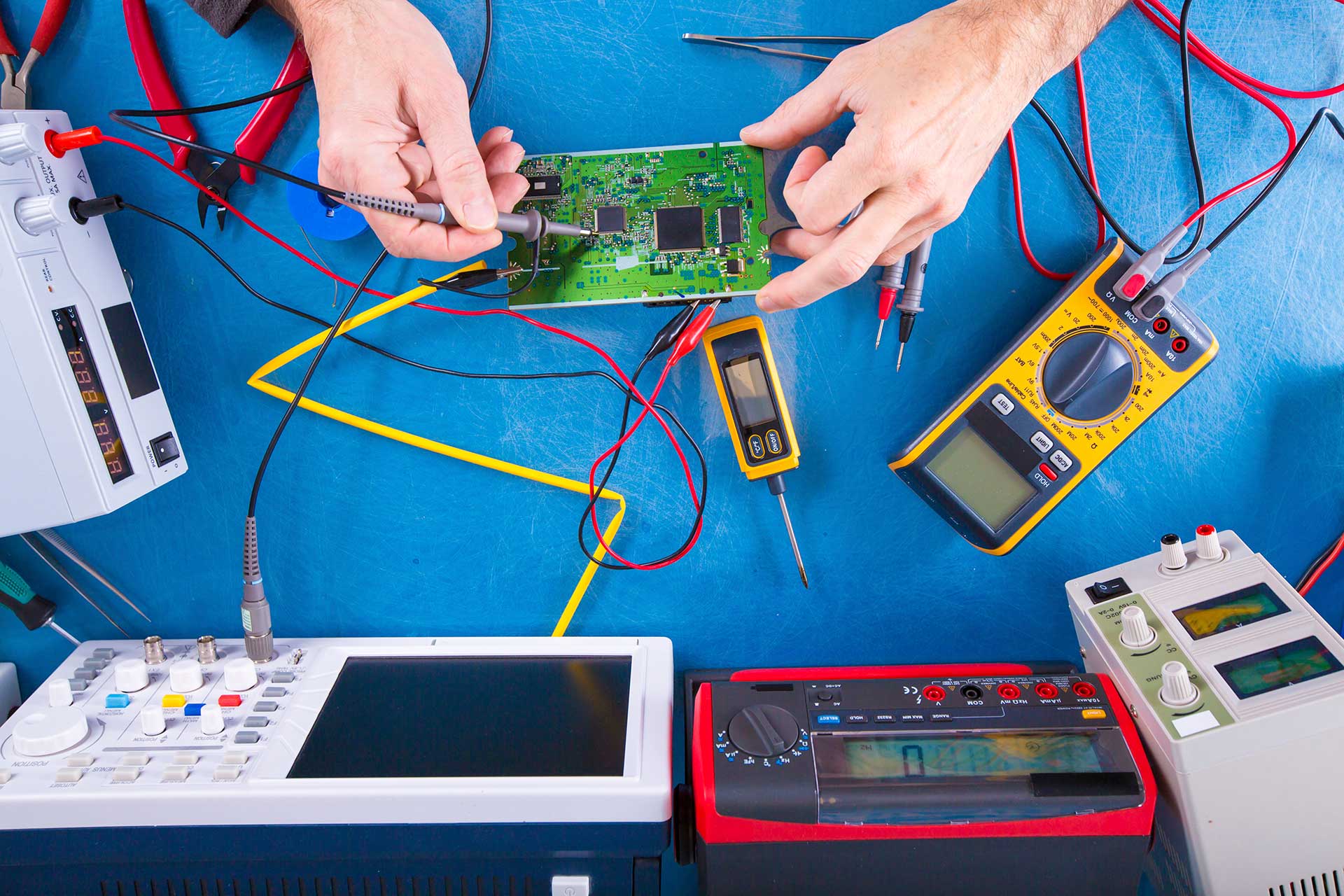
- Resources
- Blog
Top questions to ask before you start a cellular IoT project
Cellular IoT projects need careful planning and overlooking a key step can cause costs and delays. Research and planning is therefore imperative.
The Production Phase
1) Which cellular network technology will you use?
Cellular standards and capabilities vary from 2G through to 5G as well as for LTE-M and NB-IoT with each giving options to address various use cases.
You’ll want to think about the following implications of your choices:
- your power consumption,
- costs,
- performance,
- range,
- mobility,
- data rates and volumes,
- need for voice calls
- and regional variations in frequencies or the use of global modem SKUs.
Also be mindful of the continued evolution of emerging technologies such as 5G.
2) Which SIM types will you use?
Any device that connects to a cellular network must include a SIM for identification and authentication. The SIM is also key to security; it holds credentials to establish a connection with the carrier network.
The traditional SIM type was a card that carried the identifiers and connection information. This is still used today. As a result, if you change networks, you have to change the cards manually. That means you have to design your device with access to a removable SIM, but this makes them vulnerable to physical attack.
The alternatives could be eSIMs or iSIMs, which have numerous benefits.
- eSIMs provide the same secure memory and processor as a traditional SIM card on a smaller, separate chip that can be soldered directly onto the device board. Devices can be small and produced at a lower cost.
- iSIMs, though they consume the same amount of power as removable SIM cards, are overall, more efficient because they take the functionality of the separate SIM chip and integrate it into a secure area within the SoC.
- Most importantly, eSIMs and iSIMs can be updated remotely, eliminating the need to physically swap SIMs.
Newsletter Sign-up// – Light Gray Inline
Sign-up for our newsletter to receive the latest from Kigen.
3) How will you choose between eSIM and iSIM?
- Is space at a premium in your device?
- iSIM does not require a separate chip.
- Is power consumption an issue?
- Only the iSIM power consumption can be integrated into a design that optimizes power management across the chip.
- Is manufacturing efficiency affecting your bottom line?
- For device manufacturers, including a SoC with an iSIM rather than a separate eSIM reduces componentry, the bill of materials, and simplifies the assembly process.
The Deployment Phase
1) Which SIM operating system (OS) will you use to provide the functionality required for cellular network authentication?
You’ll need a SIM OS for whichever form factor you choose. Consider remote management support, global compliance, network technology, network authentication type, toolkits, and APIs.
2) How will you choose a SIM profile and will you require it to provide out of the box cellular authentication?
Consider the costs as well as coverage, and the flexibility it could bring.
How will SIM personalization work, and who will be the personalization partner?
A device must successfully authenticate to the carrier network in order to make use of the subscribed services. Hence it must contain a SIM, which holds the device side keys in this exchange. Therefore the carrier must assign and issue a unique identity and sensitive security data for the SIM. In order to maintain trust, most carriers use a security accredited partner for the loading of these credentials onto the SIM or remote SIM provisioning platform. A security accredited partner has proven they operate in a guarded way and in accordance with the strict guidelines of the GSMA security accreditation scheme (SAS) scheme.
Consider who will be providing your subscriptions, their industry accreditation needs, and remote SIM provisioning platforms (RSP) support when choosing a partner.
Are you ready to enable RSP for your product?
Once an eSIM is embedded in the device or an iSIM is integrated into the SoC, it cannot be removed. The GSMA have developed standards to facilitate remote updates. Consequently, in order to enable RSP, device manufacturers must ensure there is an upload of information about their eSIM or iSIM to an RSP platform. This data is known as the eUICC Information Set (EIS).
The Operational Phase
1) Who will you choose as your connectivity platform partner?
Partnering with a connectivity management provider can reduce complexity and accelerate time-to-market if you incorporate pre-configured connectivity components in the design. It also opens the door to offer more services and new business models.
Consider your use cases and choose ones that are cost-effective for your particular location and moreover, be sure you can integrate with your RSP platform.
2) Do you know your standards and certifications?
Familiarize yourself with these because compliance is usually a condition of access to cellular networks. Exact specifications depend on the network technology you chose to utilize, but can include 2G-5G, LTE-M, and NB-IoT.
Our team has spent more than 10 years partnering with customers to unlock new growth via secure eSIM and iSIM solutions, and it can help you as you make crucial decisions at the production, deployment, and operations phase.
Download the white paper Building cellular connectivity into your next IoT design to learn more.



